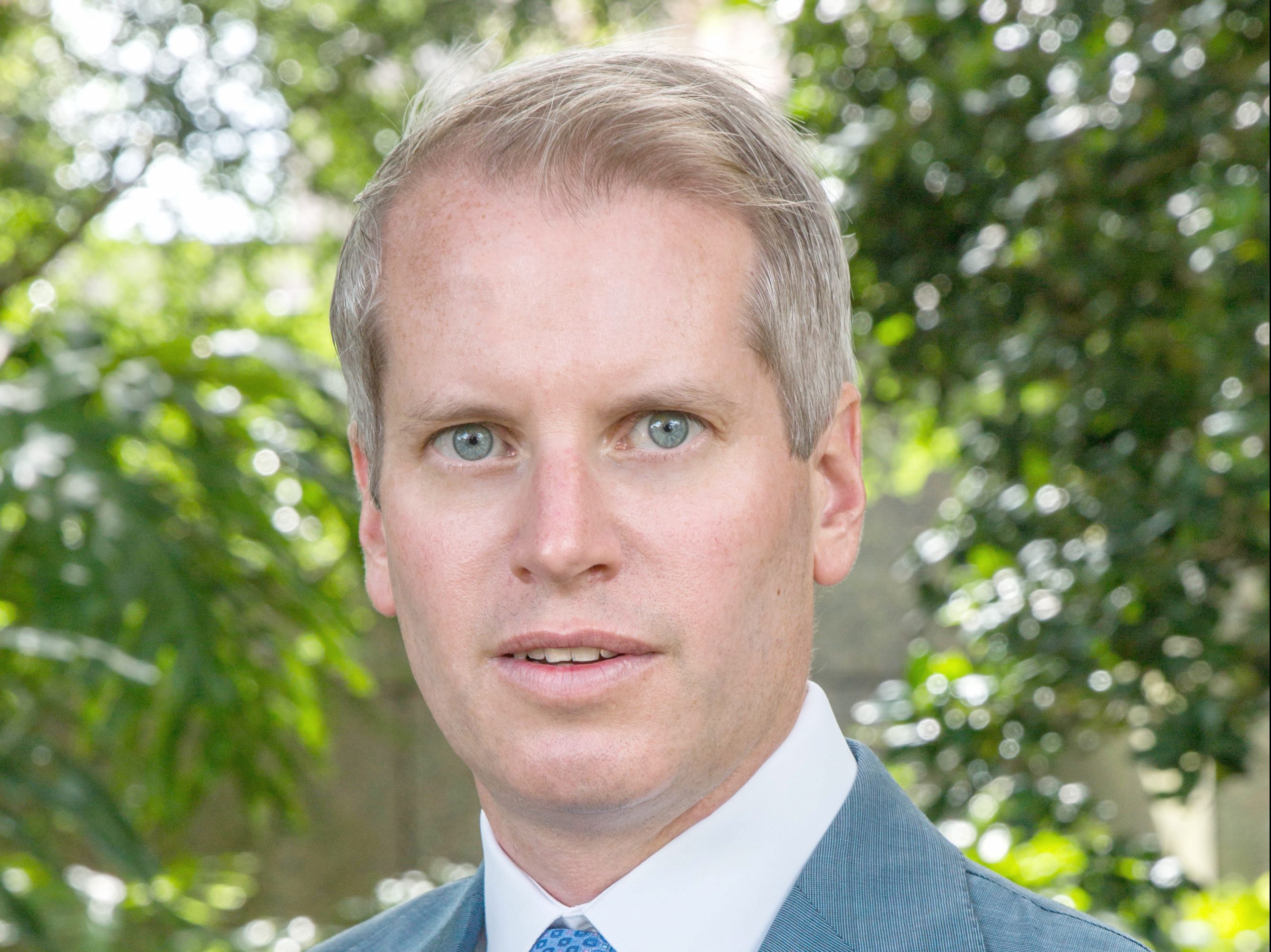Critical Thoughts With Carter Validus’ Michael Seton
The recently appointed CEO of CVMC REIT I and II discusses the importance of portfolio diversification with mission critical facilities, the basics of investing in specialized asset classes and the essential criteria employed.
By Tudor Scolca
Carter Validus has recently appointed a new CEO. Michael Seton is now in charge of all day-to-day activities of the two REITs operated by the investment company. Carter Validus Mission Critical REIT was created in 2010 by Carter & Associates, while CVMC REIT II started its activity in 2014. Currently, the two trusts have a combined acquisition volume of approximately $2.7 billion across the top U.S. data center and health-care markets. Commercial Property Executive interviewed Carter Validus’ new CEO on the particularities of operating a mission critical portfolio.
What makes the mission critical market on which the two REITs focus so attractive?
Seton: Mission critical properties are critical to the tenant’s success. This is where the most essential infrastructure of a business takes places and where the highest amount of tenant investment typically occurs. As such, we believe the lease streams are more durable at mission critical properties. For example, on average, for every $305 that our second REIT invests in its data center properties, we estimate that our tenants and their sub-tenants have invested multiples of our basis.
For tenants at health-care and data center properties to stay competitive in their respective industries, they need to continually make large ongoing capital investment in mission critical properties, which gives us comfort as to our tenants’ long-term commitment to our properties.
What are some of the key aspects of CVMC REIT I and II’s investment strategy, as opposed to other data center REITs?
Seton: Our REITs invest in two high-growth industries, the technology and health-care markets, giving us the ability to choose the best-in-class opportunities for acquisition. With our first REIT’s recent data center dispositions, including the sale of 17 data center properties, we were able to capitalize on the many market trends and strengths that we have discussed for years. In other words, as demonstrated by these dispositions, we believe our investment thesis is playing out as we anticipated.
CVMC REIT I and II acquire properties leased to established, creditworthy tenants with high operating incomes. Is there a preference towards single- or multi-tenant facilities?
Seton: Both of our REITs have acquired both single- and multi-tenant properties. However, we have focused more recently, particularly with our second REIT, on acquiring more multi-tenant facilities. We have done this, and also expanded our health-care strategy of purchasing more integrated medical facilities (IMFs) and medical office buildings, to manage risk—a greater number of tenants means reduced risk to any single tenant.
That being said, a single-tenant acquisition strategy can effectively become a multi-tenant portfolio once it achieves a certain size by number of properties, and, therefore, corresponding tenancy. We are always critically focused on managing tenant risk.
What other criteria do you employ when considering new acquisitions/dispositions?
Seton: We focus on the traditional real estate critical criteria—location, market fundamentals, including demographics, physical condition and, of course, tenant quality. There are certain specific criteria germane to the data center and health-care spaces. For example, with data center assets, we are focused on the availability of power and power expansion, fiber, connectivity, security and the like. With health-care assets, we are particularly focused on the age of the building and if there are any affiliations of the tenant with a larger operator or health-care system.
Mission critical facilities can take many forms. How important is portfolio diversification for a REIT that specializes in this type of assets?
Seton: Portfolio diversification is critical. This diversity is achieved through location, tenancy and the nature of the business in the facilities. For example, we focus on acquiring enterprise, wholesale and co-location data centers—all distinct types of facilities. On the health-care front, we acquire various types of facilities, from IMFs with surgery centers and other clinical uses to rehabilitation facilities, to net-leased medical office buildings. We diversify between data center and health-care assets, but we further create granularity in our portfolio through the number of properties, tenants, location and type of use.
The two REITs currently own assets in some of the top U.S. data center markets, but there are other areas where investment in and/or development of such facilities is booming. Some, like Phoenix or Atlanta, are rapidly catching up to established top markets. Do CVMC REIT I and II plan to enter new markets?
Seton: In 2017, Atlanta was named one of the top “smart cities” or “data center real estate” cities. Our first REIT acquired 180 Peachtree, a wholesale data center, and our second REIT acquired 250 Williams, a building that we believe has a lot of opportunity to further expand its data center tenancy. We also own several properties in the areas surrounding the Atlanta metro area, such as Alpharetta.
As for Phoenix, we have had great success both buying and monetizing data centers for our stockholders, with the Phoenix Data Center being one of the 17 data centers sold recently by our first REIT. With that being said, we will continue to evaluate markets and invest in data centers and health-care properties that benefit from strong market fundamentals.
What do you expect to be the biggest challenges of 2018 in terms of how these two types of assets evolve?
Seton: We are seeing increased competition for the purchase of both of these types of assets. There have been many new entrants to the market, which creates challenges for us on pricing new acquisitions and certainly lends credence to our investment thesis of which we were early adopters. We will continue to be disciplined in our efforts to preserve and protect our stockholders’ capital and to seek unique opportunities that provide appropriate risk adjusted returns for our stockholders.
Image courtesy of Carter Validus Mission Critical REIT









You must be logged in to post a comment.